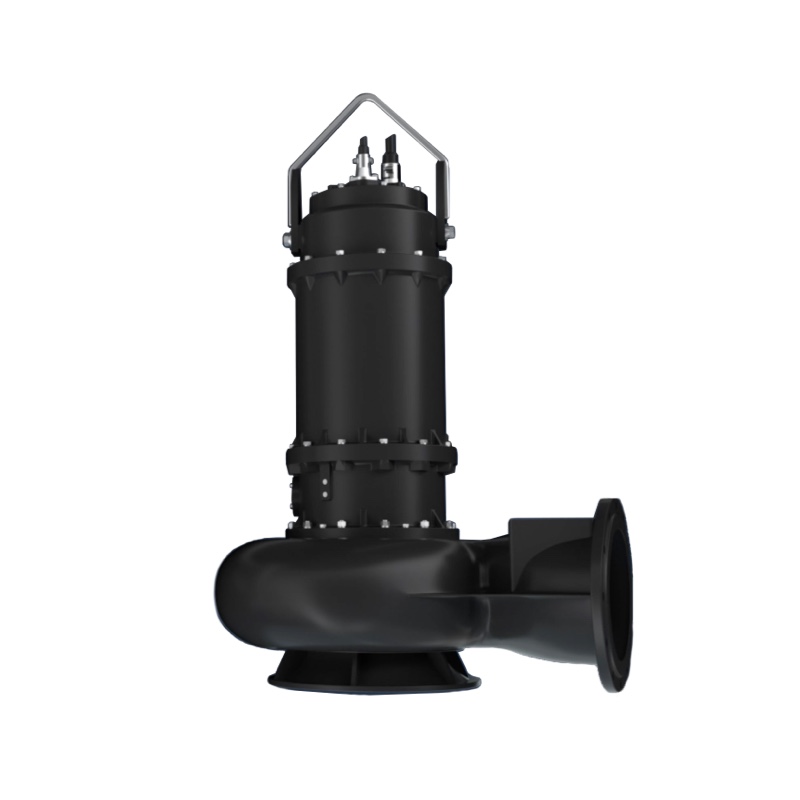close
Choose Your Site
Global
Social Media
Views: 0 Author: Site Editor Publish Time: 2024-08-15 Origin: Site









When it comes to extracting water from underground sources, well pumps and submersible pumps are two commonly used options. Both have their unique features and applications, making them suitable for different scenarios. In this article, we will explore the key differences between well pumps and submersible pumps to help you make an informed decision.
A well pump is a device used to draw water from a well and deliver it to a desired location, such as a home or irrigation system. Well pumps come in various types, including jet pumps and centrifugal pumps, each designed for specific applications and well depths.
Jet Pumps: Jet pumps are commonly used for shallow wells, typically less than 25 feet deep. They operate by creating a vacuum that draws water up from the well. Jet pumps are installed above ground and are known for their ease of maintenance and installation. However, they may not be as efficient as other types of well pumps for deeper wells.
Centrifugal Pumps: Centrifugal pumps are suitable for both shallow and deep wells. They use a rotating impeller to create centrifugal force, which pushes water from the well to the surface. These pumps are versatile and can handle a wide range of water flow rates and pressures.
A submersible pump, as the name suggests, is designed to be submerged in water. These pumps are commonly used for deep wells, where the water table is located far below the surface. Submersible pumps are known for their efficiency and reliability in delivering water from significant depths.
Design and Operation: Submersible pumps consist of a sealed motor and pump assembly that is placed underwater. The motor drives the impeller, which pushes water to the surface. Because the pump is submerged, it operates quietly and efficiently, with minimal risk of cavitation (air bubbles forming in the pump).
Applications: Submersible pumps are ideal for deep wells, typically more than 25 feet deep. They are also used in various other applications, such as sewage pumping, drainage, and industrial processes. The ability to operate underwater makes them suitable for environments where other types of pumps may not be effective.
Installation Location:
Well Pumps: Installed above ground, making them easier to access for maintenance and repairs.
Submersible Pumps: Installed underwater, which can make maintenance more challenging but allows for quieter operation.
Depth Capability:
Well Pumps: Suitable for shallow to moderately deep wells, typically up to 25 feet for jet pumps and deeper for centrifugal pumps.
Submersible Pumps: Designed for deep wells, often exceeding 25 feet, and can handle significant depths with ease.
Efficiency:
Well Pumps: May be less efficient for deeper wells due to the need to create a vacuum to draw water up.
Submersible Pumps: Highly efficient for deep wells, as they push water to the surface, reducing energy consumption.
Maintenance:
Well Pumps: Easier to maintain and repair due to their above-ground installation.
Submersible Pumps: More challenging to maintain, as they require removal from the well for repairs.
Noise Level:
Well Pumps: Can be noisy due to their above-ground operation.
Submersible Pumps: Operate quietly underwater, reducing noise pollution.
Durability:
Well Pumps: May be more susceptible to environmental factors, such as weather and temperature changes.
Submersible Pumps: Protected from environmental factors due to their underwater installation, leading to potentially longer lifespans.
Cost:
Well Pumps: Generally less expensive to purchase and install, but may have higher operational costs for deeper wells.
Submersible Pumps: Higher initial cost but can be more cost-effective in the long run due to their efficiency and durability.
In conclusion, the choice between a well pump and a submersible pump depends on various factors, including well depth, efficiency requirements, maintenance preferences, and budget. Well pumps are suitable for shallow to moderately deep wells and offer easier maintenance, while submersible pumps excel in deep well applications with their efficiency and quiet operation. Understanding these key differences will help you select the right pump for your specific needs.